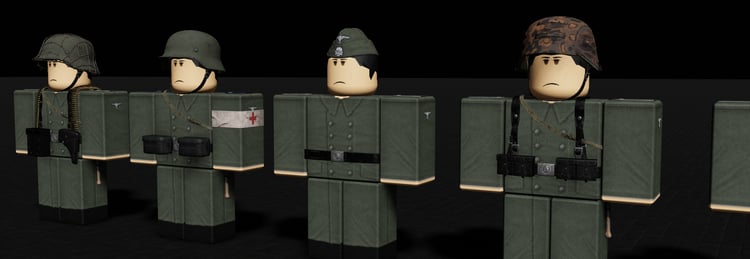22nd SS Freiwilligen Kavallerie Division "Maria Theresia"
The 22nd SS Freiwilligen Kavallerie Division "Maria Theresia" was a Waffen-SS cavalry division formed in 1944, primarily composed of ethnic Germans (Volksdeutsche) from Hungary, especially from the Danube Swabian communities. The division was named after Empress Maria Theresa of Austria, reflecting its Central European and Habsburg historical ties. It was one of several late-war Waffen-SS formations rapidly assembled as Germany faced increasing manpower shortages.
The unit was formed around the cadre of the 17th SS-Cavalry Regiment and was expanded with hastily trained recruits. Its initial role was to serve as a mobile anti-partisan and security force, but as the war situation deteriorated, it was rushed into front-line service. It saw heavy action during the Siege of Budapest in late 1944 and early 1945, where it was encircled and suffered catastrophic losses while attempting to hold the city against Soviet forces.
Uniform-wise, the division followed standard Waffen-SS patterns, wearing field-grey uniforms with SS runes on the right collar tab and rank insignia on the left. Members also wore the “Maria Theresia” cuff title, and some retained Hungarian-style riding gear or older cavalry items, including riding boots and breeches. Due to its cavalry designation, the unit had a distinct appearance compared to infantry units, although by 1945 most of its mounted roles had diminished due to logistical constraints.
The division was largely destroyed in Budapest by February 1945. Survivors either attempted to break out of the city or were captured by the Red Army. The 22nd SS "Maria Theresia" remains notable for its multinational makeup and for being one of the last Waffen-SS cavalry divisions to see significant combat in the war’s final months.





























